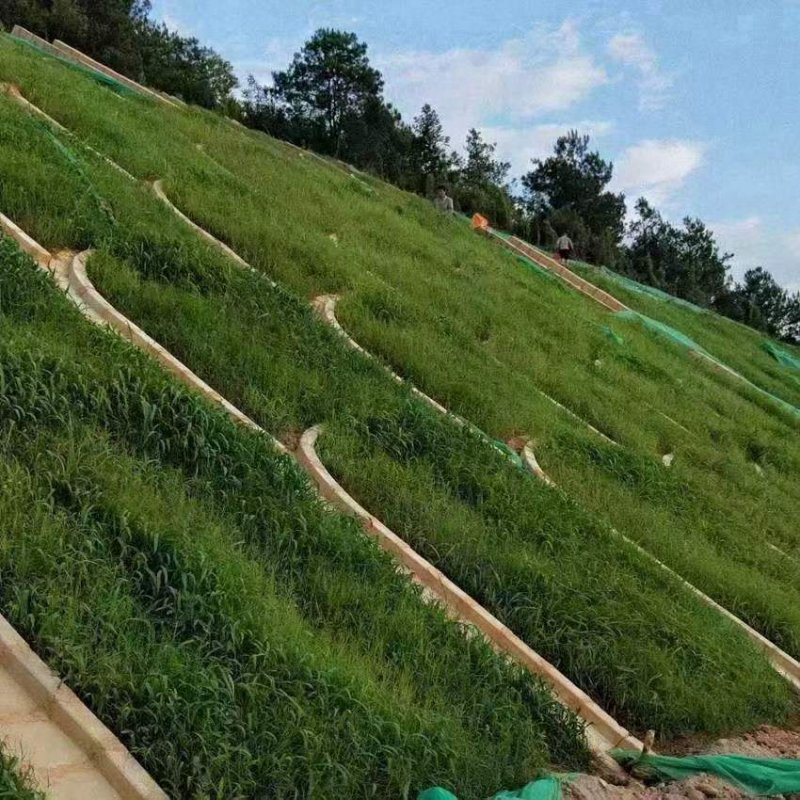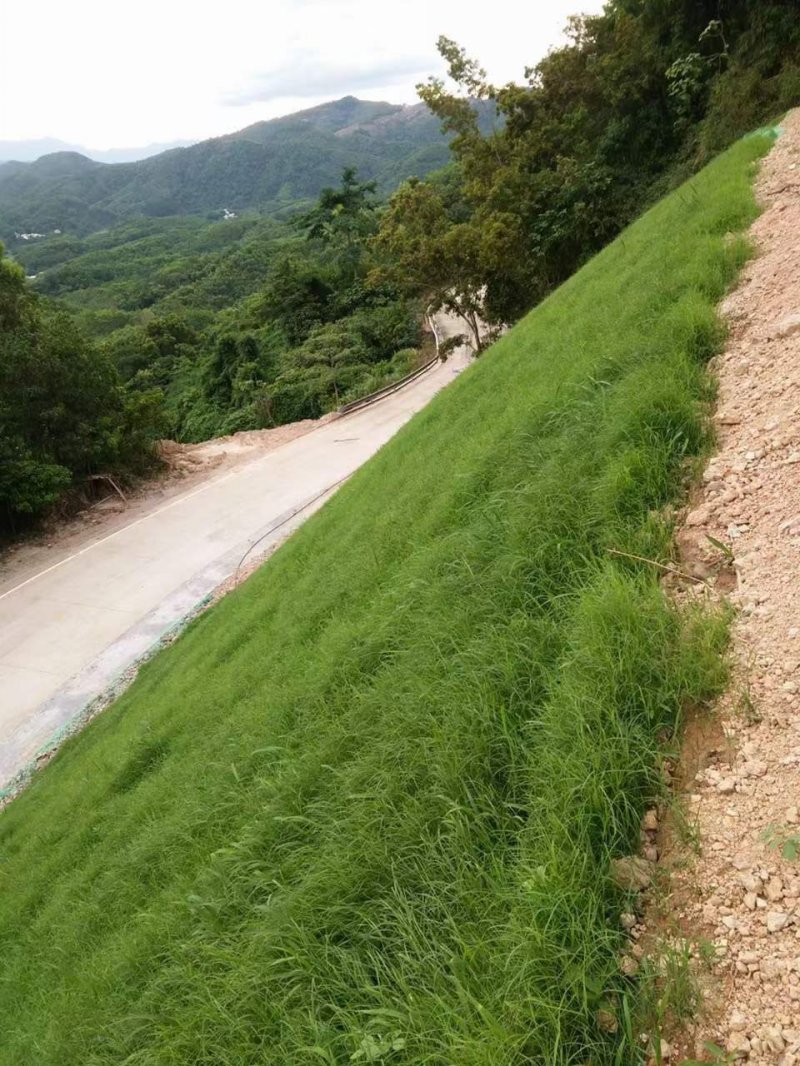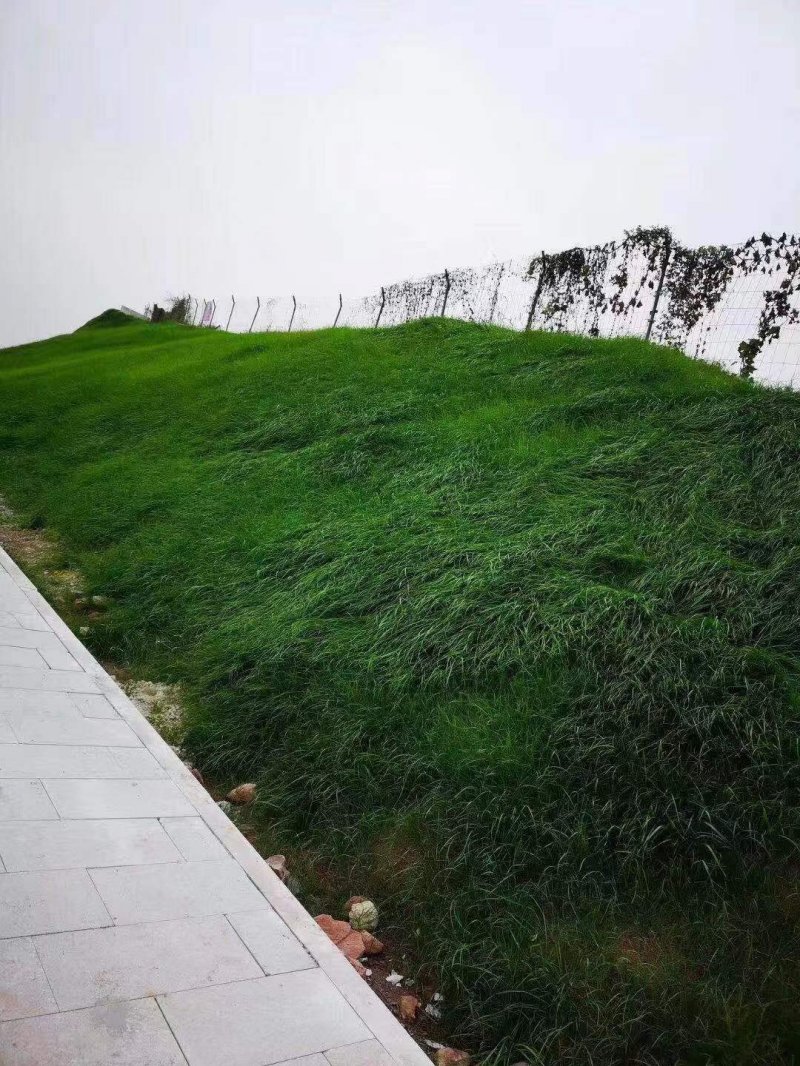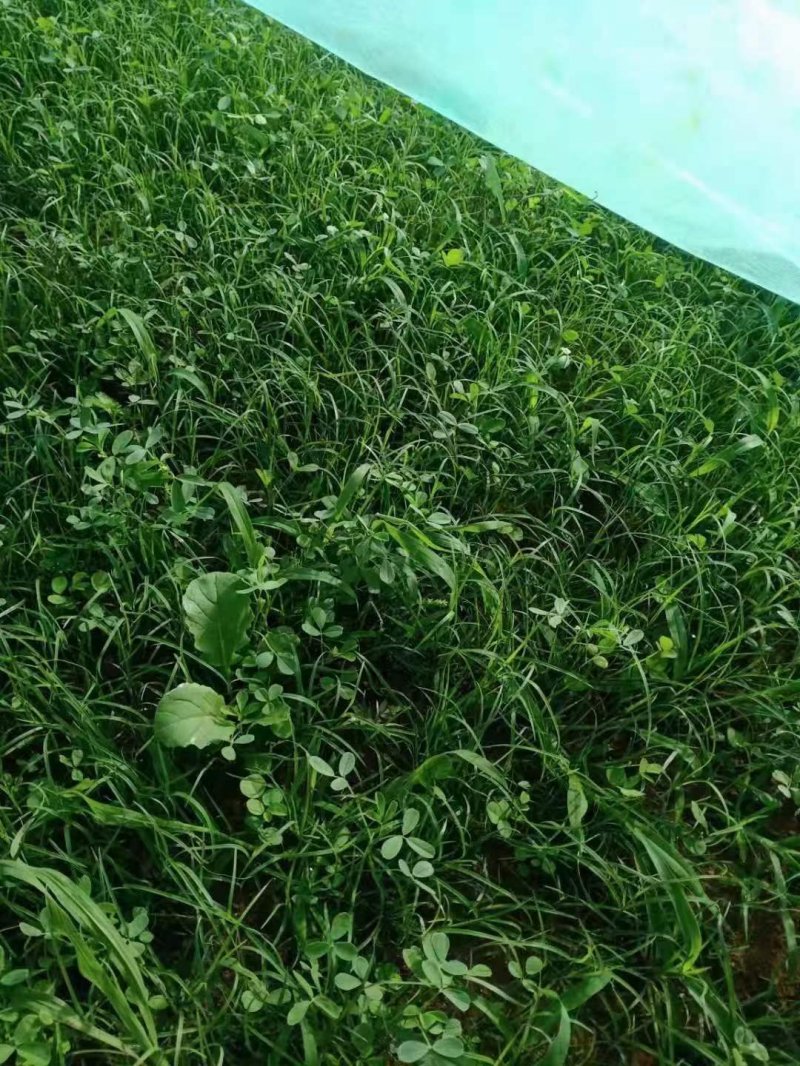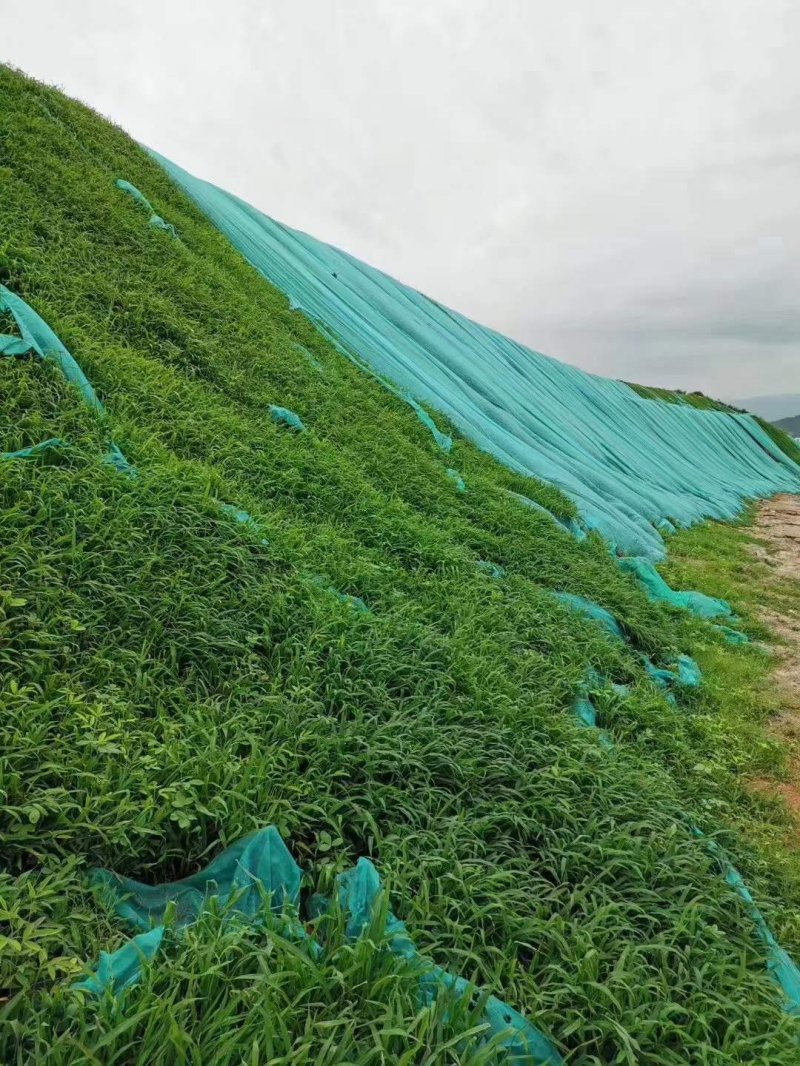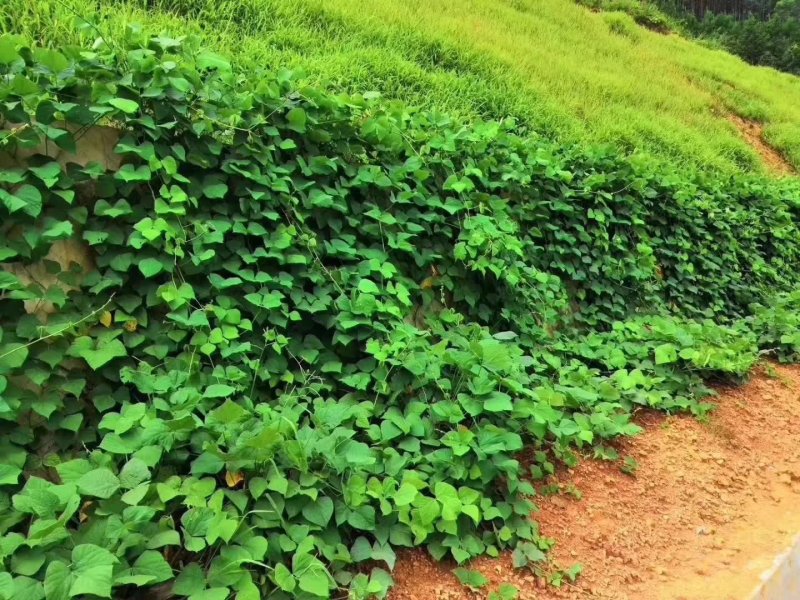Advantages of Planting Shrubs on Slopes
-
Erosion Control: One of the most significant benefits of planting shrubs on slopes is their ability to control erosion. The roots of shrubs help to bind soil particles together, reducing the risk of soil being washed away by rain or flowing water. This is particularly important in areas prone to landslides and other forms of slope instability.
-
Soil Stabilization: Shrubs have extensive root systems that can penetrate deep into the soil, providing additional stability to the slope. This helps prevent soil movement and reduces the likelihood of slope failure, especially during heavy rainfall or rapid snowmelt.
-
Water Management: Shrubs can improve water infiltration rates, allowing more water to be absorbed into the ground rather than running off the surface. This not only helps to recharge groundwater supplies but also reduces the risk of flooding downstream.
-
Biodiversity Enhancement: Planting a variety of shrubs on slopes can enhance local biodiversity by providing habitat for various species of birds, insects, and small mammals. This can contribute to a healthier ecosystem and support pollinators and other beneficial organisms.
-
Aesthetic Improvement: Shrubs can significantly enhance the visual appeal of a slope. They can provide year-round interest with their foliage, flowers, and berries, making the landscape more attractive and enjoyable.
-
Carbon Sequestration: Like all plants, shrubs absorb carbon dioxide from the atmosphere through photosynthesis. Planting shrubs on slopes can help mitigate climate change by sequestering carbon in their biomass and the soil.
Disadvantages of Planting Shrubs on Slopes
-
Initial Maintenance: Establishing shrubs on slopes can require significant initial effort and resources. This includes preparing the soil, planting, watering, and protecting young plants from pests and animals. The cost and labor involved can be substantial, especially for large or steep slopes.
-
Fire Hazard: In regions prone to wildfires, certain types of shrubs can increase the risk of fire spreading. Some shrubs are highly flammable, and if they are not properly managed, they can act as fuel for fires, potentially leading to more severe and widespread damage.
-
Invasive Species: If non-native shrub species are planted, there is a risk that they could become invasive, outcompeting native plants and disrupting local ecosystems. Careful selection of plant species is crucial to avoid this issue.
-
Maintenance Over Time: While shrubs can stabilize slopes, they require ongoing maintenance to remain healthy and effective. This includes pruning, watering, and controlling weeds. Neglecting these tasks can lead to overgrowth, which may reduce the aesthetic value of the slope and even compromise its structural integrity.
-
Root Damage: Although the roots of shrubs can help stabilize slopes, they can also cause problems if they grow too close to buildings or other structures. Strong, aggressive root systems can damage foundations, pipes, and other infrastructure, leading to costly repairs.
-
Limited Effectiveness on Steep Slopes: On very steep slopes, the effectiveness of shrubs in preventing erosion and stabilizing the soil may be limited. In such cases, additional engineering solutions, such as retaining walls or geotextiles, may be necessary to ensure slope stability.
In conclusion, while planting shrubs on slopes offers numerous benefits, it is important to carefully consider the potential drawbacks and to implement appropriate management practices to maximize the positive outcomes and minimize any negative impacts.
